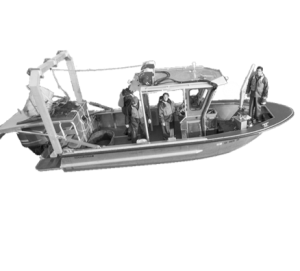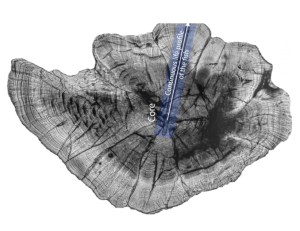



















About the OGFL
The OGFL @ UC Davis specializes in using state-of-the-art techniques to examine growth rates, hatch distributions, movement patterns, life-history diversity, and basic ecology of exploited and endangered fishes in the San Francisco Estuary, California. The lab is housed in the Department of Wildlife, Fish, and Conservation Biology, where field operations are based and laboratory processing of specimens and otoliths is conducted. The OGFL partners with researchers at the Department of Earth and Planetary Sciences to analyze otolith (also fin ray) chemistry using laser-ablation inductively coupled plasma mass spectrometry (LA-ICPMS).
Fieldwork: Studies include surveys of larval, juvenile, and adult fishes and associated invertebrates in wetland habitats throughout the estuary using a variety of sampling gears. These surveys have facilitated the first regional comparisons of aquatic wetland communities throughout the San Francisco Estuary, as well as the first regional assessment of the suitability of wetland habitats for a threatened native fish species, the Longfin Smelt, including habitat use, food availability, and reproduction.
Otolith age and growth: Studies focus on variation in hatch dates, growth rates, and age structure among regions, habitats, and years as functions of environmental variability. These studies have documented the responses of species vital rates and phenology to variation in climate and human impacts that are likely to have population-level consequences with respect to extinction risk and long-term viability of populations.
Otolith Geochemistry: Studies quantify trace elements, strontium isotopes, and oxygen isotopes to retrace the natal origins, thermal history, and salinity history of exploited and endangered fishes including White Sturgeon, Chinook Salmon, Longfin Smelt, and Delta Smelt. Our results have documented diverse life histories in each of these species, each with important implications for fisheries management, conservation, and hydrologic operations throughout the system.
Research Areas
Surveys and monitoring
Long-term fish, invertebrate, and water quality surveys in the San Francisco Estuary

Otolith analyses
Otolith microstructure (age and growth) and microchemistry (trace elements, strontium isotopes, oxygen isotopes)

Ecological modelling
Quantifying community and population dynamics, and variation in life-history traits, in relation to water quality and environmental change









